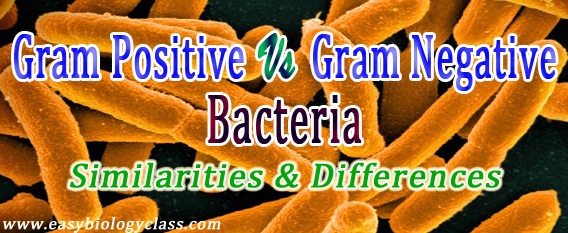What is sex determination? Living organisms, with a very few exceptions, are differentiated into male and female individuals based on their morphological, physiological and behavioral characteristics. Even though the mechanism greatly varies, the sexes of the individuals are genetically determined. The biological system that determines the development of sexual characteristics […]
Continue ReadingTag Archives: CSIR / ICMR / DBT / ICAR
CSIR JRF NET Exam June 2016 Notification
Applications are invited from eligible candidates for the CSIR JRF NET Examination, June 2016. CSIR will hold the Joint CSIR-UGC Test Tentatively on Sunday 19th June, 2016 for determining the eligibility of the Indian National candidates for the award of Junior Research Fellowships (JRF) NET and for determining eligibility for […]
Continue ReadingHardy Weinberg Equilibrium: Population and Evolutionary Genetics
What is population? An ecosystem consists of many species. Species is a group of living organism comprising of similar individuals capable of exchanging genes through interbreeding. The individuals of a same species of a particular region are called population. Population definition: “A group of individuals of a particular species occupying […]
Continue ReadingDifference Between Gram Positive and Gram Negative Bacteria
Gram Positive vs Gram Negative Bacteria What is Grams staining? Christian Gram, a Danish Physician in 1884 developed a staining technique to distinguish two types of bacteria. The two categories of bacteria based on gram staining are Gram positive bacteria and Gram negative bacteria. Bacteria are first stained with crystal […]
Continue ReadingMCQ on Membrane Lipids
Biochemistry MCQ-11: Membrane lipids are a type of lipid that are important components of cell membranes. The main types of membrane lipids are phospholipids, galactolipids, sphingolipids and cholesterol. The composition of membrane lipids can vary between different types of cells, and can be influenced by factors such as diet and […]
Continue Reading




